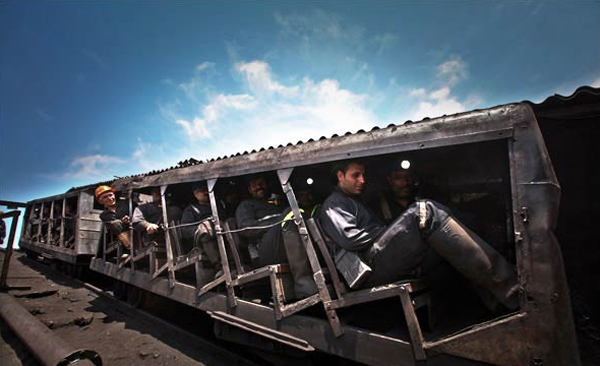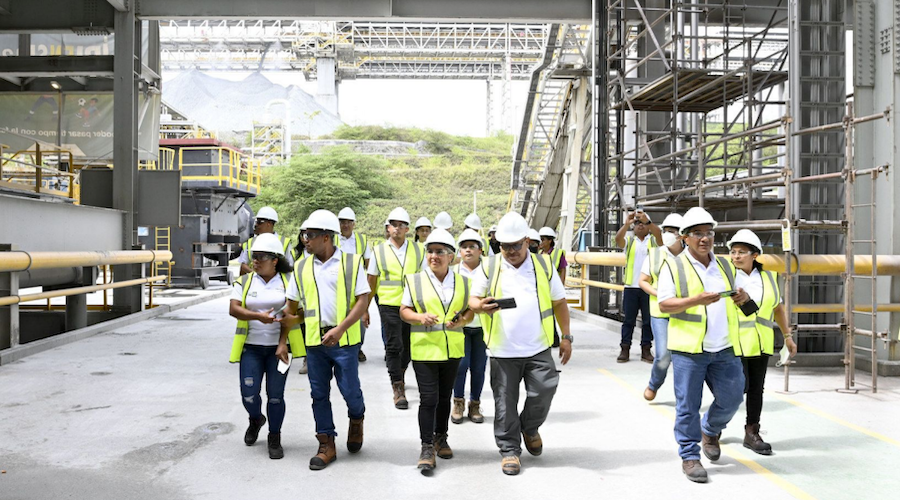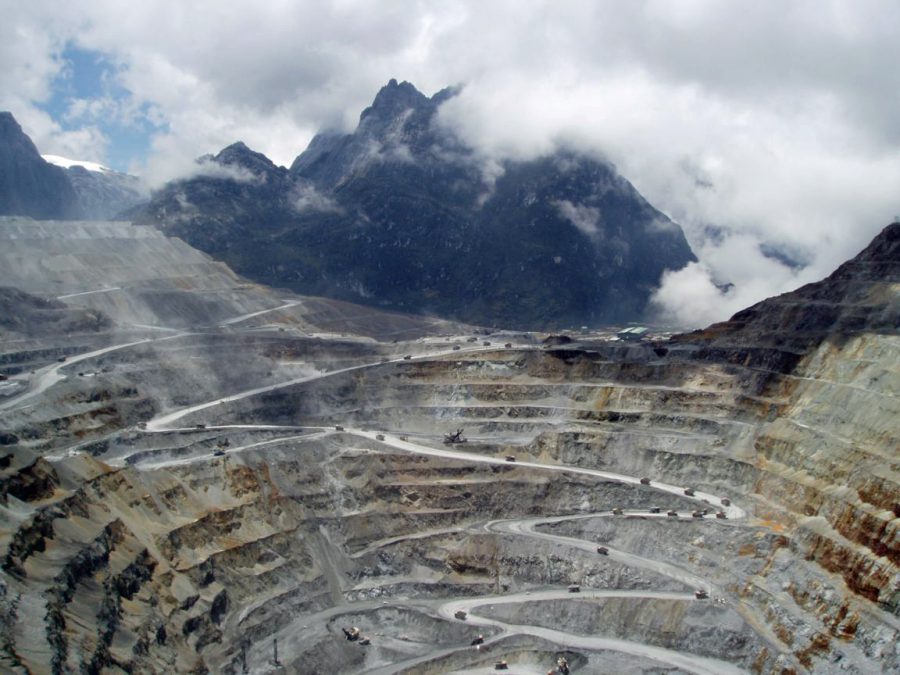Iran mining bigger opportunity than oil

Tabas coal mine in central Iran. Source: Mehr News Agency
Copper, iron ore and heavy rare earth elements could be worth “much more” than Iran’s crude oil revenues Mojtaba Khosrowtaj, deputy minister in Iran’s Ministry of Industry, Mine and Trade tells Bloomberg.
Iran is opening $29 billion of mining projects to foreign investors once international sanctions are lifted, roughly equal the oil and gas investments up for grabs. Iran has more than 3,000 active mines, mostly privately owned, according to Khosrowtaj.
Mining contributes just 0.6 per cent to GDP and given the depressed state of commodity prices the country faces an uphill battle attracting investment to the sector. Iran is ranked among 15 major mineral-rich countries with potential reserves worth more than $700 billion. As of 2011, Iran had the world’s 9th largest reserves of copper at 32.5 million tonnes even though production is only expected to reach 425,000 tonnes by next year.
The discovery of two large coal and iron ore deposits in the Lut desert in central Iran was announced by the mines ministry earlier this year. The country is the number four supplier of iron ore to China, shipping some 15–20 million tonnes annually although that would have fallen substantially given the slide in the price and the high cost of mining inside the country.
A main reason Iran is so uncompetitive despite very low labour costs is a crippling lack of equipment and machinery due the the sanctions regime. Mehdi Karbasian, managing director of a group pushing for mine development in the country said in September “old and second-hand machineries are being used in many of the mines some of which have been used in other countries for over 50 years.”
Click here for photo essay of Iranian coalminers by Yunes Khani for Mehr.
More News
First Quantum pulls back from arbitration on Panama copper mine
Signals potential for more negotiations with the nation over the Cobre Panama mine that’s been shuttered for more than a year.
March 31, 2025 | 04:30 pm
Freeport-McMoRan lowers first-quarter gold sales forecast
The company said it expects first-quarter gold sales to be roughly 100,000 ounces below its prior forecast of 225,000 ounces.
March 31, 2025 | 03:41 pm
{{ commodity.name }}
{{ post.title }}
{{ post.excerpt }}
{{ post.date }}



Comments